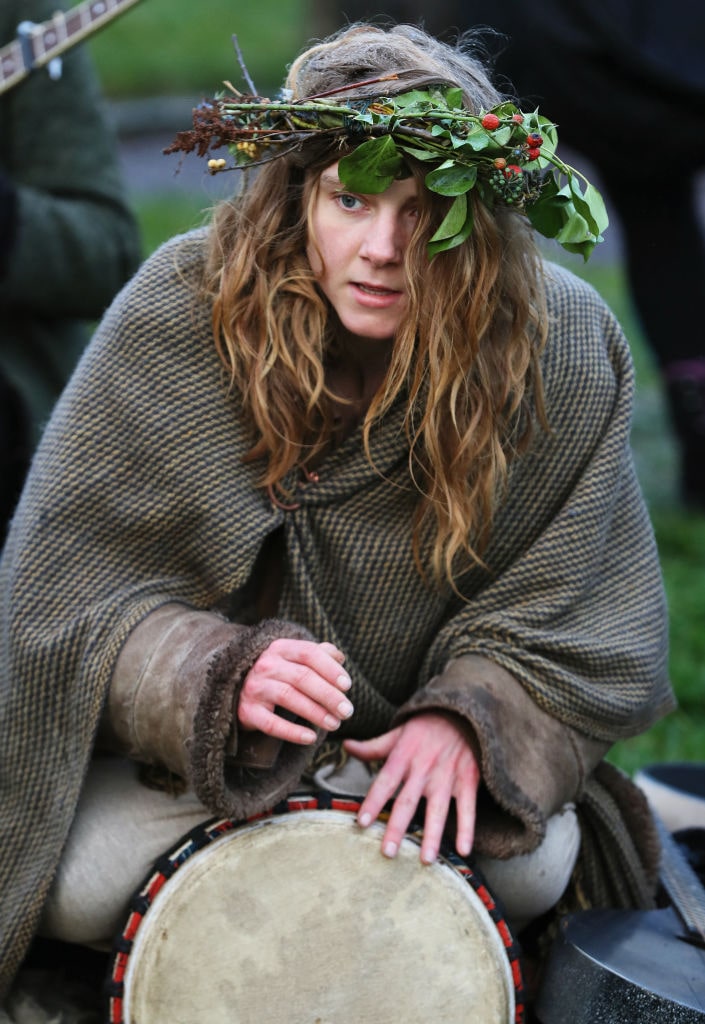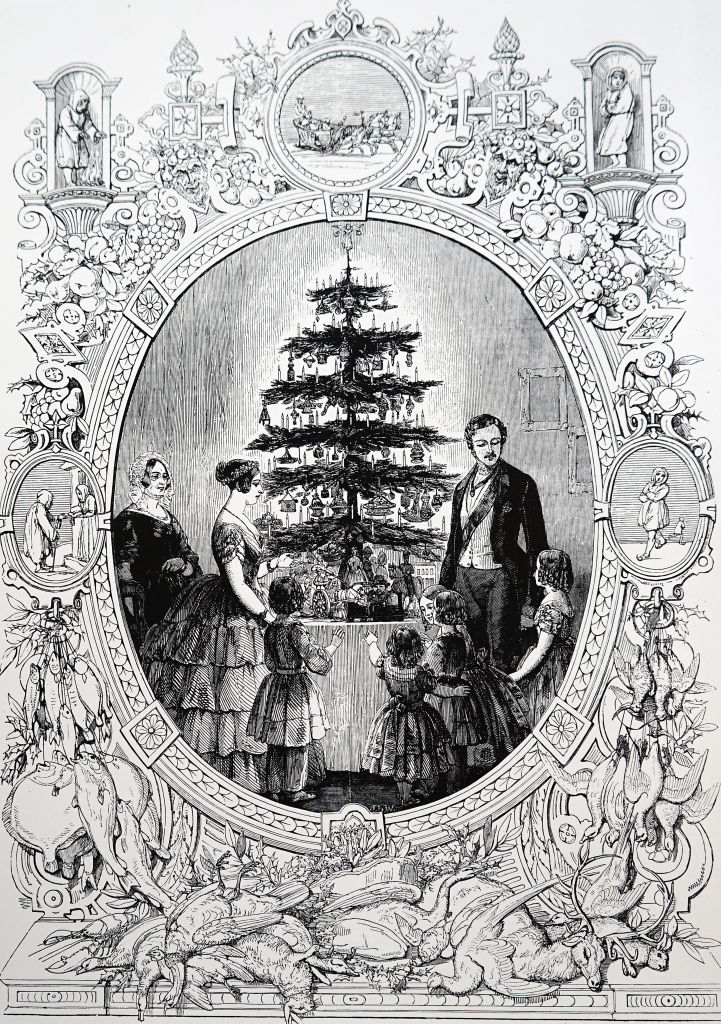The Tale of the Christmas Tree
This holiday tradition has a long and interesting history.
By: Kelli Ballard | December 25, 2022 | 683 Words

(Photo by Alexander Shcherbak\TASS via Getty Images)
Just about everyone who celebrates Christmas these days have at least one beautifully decorated Christmas tree. The tree is such a prominent part of the holiday, there’s a song all about it – “O Christmas Tree, O Christmas Tree, How lovely are thy branches!” How did the tree become such a symbol for this holy time of year?
Pagan Times

(Photo by Brian Lawless/PA Images via Getty Images)
During the cold winter months, people looked for ways to cheer up their homes and to celebrate the beginning of new life. Evergreens like spruce, fir, and pine were brought into dwellings for this purpose, and they held spiritual and powerful significance. For instance, red holly berries and mistletoe were sacred because they were just a few of the vegetation species that thrived during this time of year. It was thought boughs from evergreens symbolized eternal life, and would repel disease and evil spirits.
The winter solstice was a pagan festival that celebrated the shortest day of the year, because the sun would soon start coming back. From ancient Rome and Egypt, to the Druids, Celts, and Vikings, lots of cultures used plants to decorate for the solstice. The story of the Christmas tree evolved from this belief.
Christianity and Trees in Germany
Trees later became important in Christian celebrations. One legend is the story of the English monk, Boniface, who was in Germany during the eighth century to spread the news of Christianity. He found some pagans honoring the Viking god Thor at a sacred oak tree. Boniface chopped down the tree so they couldn’t worship their old god anymore. A fir tree grew from the fallen oak and became the symbol of Christianity because it was a triangle shape that represented the holy trinity.

A painting of St. Boniface bringing Christianity into pagan Germany, by Jausen. Undated illustration.
It wasn’t until around the 16th century that Christians in Germany started bringing the trees into their homes to celebrate Christmas. It’s though the trees were decorated with apples to represent the Garden of Eden. People would would also build “Christmas pyramids” from pieces of wood, and cover them with evergreens, nuts, and figurines. A century later, the decorations became more elaborate with gold leaf, paper, and candles. This is also when Christmas festivals started gaining popularity, especially for the royal courts.
As German migrants traveled around Europe and the world, they took the tradition with them.
In America

Prince Albert, Queen Victoria and their children surround a Christmas tree at Windsor Castle, England, 1851. (Photo by: Universal History Archive/Universal Images Group via Getty Images)
The Puritans were especially strict about Christmas and traditions. In 1659, the General Court of Massachusetts made it a law that December 25 could only be celebrated by attending a church service. If people hung decorations observed the hoy day in any other “pagan” way, they could be fined or worse. Americans followed that stern example until the 1800s, except for German settlements, which celebrated with their traditional trees.
What really popularized the Christmas tree in American homes was the fashion of Victorian England. German influence had come into the British royal family. Queen Victoria’s mother, Princess Victoria of Saxe-Coburg-Saalfeld, was German so she grew up with the tradition. The queen’s husband, Prince Albert, was also a German. In 1848, the royals decorated a Christmas tree in Windsor Castle. When the image was illustrated in the Illustrated London News of the popular queen and her family around the decorated tree, the trend caught on. People couldn’t wait to follow the fad and by the 1890s Americans had added their own touch: European Christmas trees tended to be around 4-foot tall, but Americans liked trees that went from floor to ceiling.
Today, decorated trees are one of the main symbols people around the world associate with Christmas. They are not only in most every home, they are in stores, along streets, and range from small to several stories tall.
















